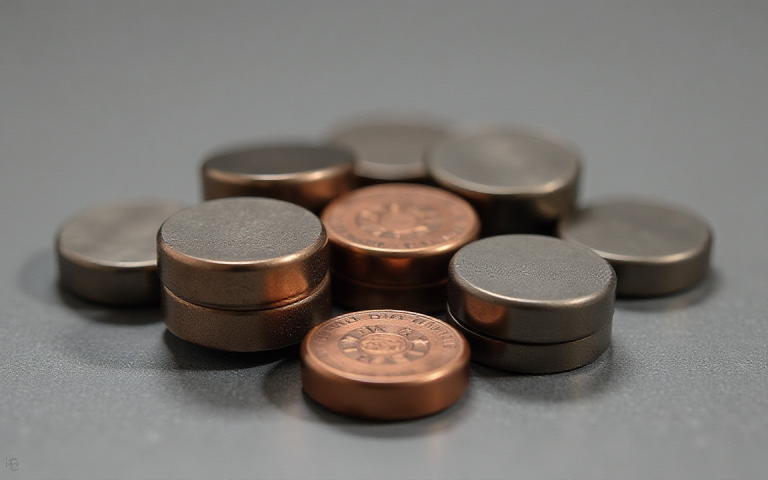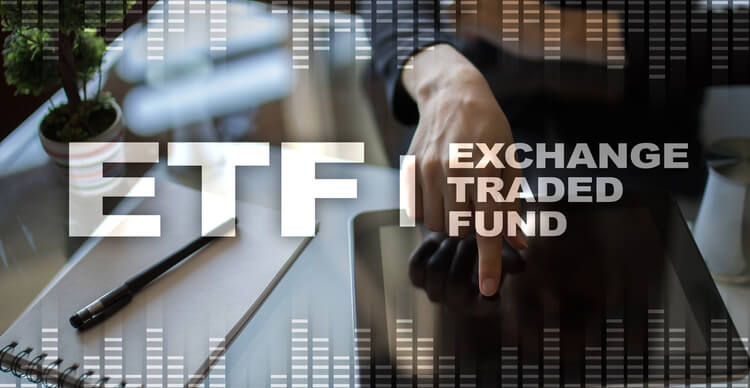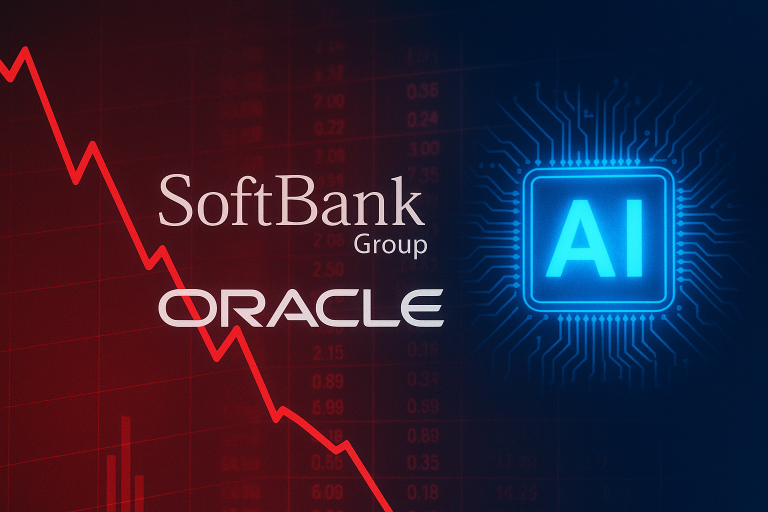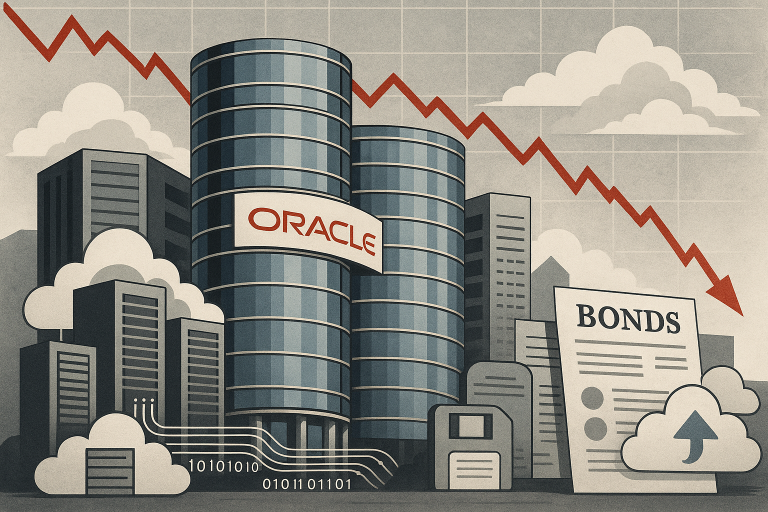Google DeepMind is sharpening its scientific ambitions with a new automated research lab in the UK, signalling a broader push to tie advanced artificial intelligence to national research priorities.
The lab, opening next year, forms the centrepiece of a fresh collaboration between Google and the British government and sits within a wider plan to build tools for public services, classrooms, and scientific institutions.
The move aligns with Google’s growing interest in using AI to speed up discoveries in materials that could support technologies like batteries, semiconductors, and imaging equipment.
New lab aims to advance automated science
DeepMind calls the facility its first automated site, designed to use robotics to run experiments with minimal human involvement.
The company has not disclosed the size of the team or the funding behind the project, but says the goal is to accelerate research that normally takes years of manual iteration.
The lab will explore new materials that could help improve medical imaging, solar technology, and chip development.
Several emerging companies, including some launched by former DeepMind engineers, are also racing to use AI models to search for materials that could reduce costs and speed up prototyping.
DeepMind’s plan signals its intention to stay competitive as this field grows.
UK partnership broadens Google’s public sector reach
The British government announced the partnership on Thursday, outlining how Google will tailor variants of its AI systems, including Gemini, for scientists, teachers, and public employees.
The collaboration gives UK researchers priority access to four scientific models created by DeepMind, including ones used for DNA analysis and weather prediction.
The government also said DeepMind will contribute to research in fusion energy and help develop tools for teachers based on Gemini.
These steps extend Google’s attempt to deepen its role in the UK’s digital infrastructure at a time when major firms are competing to offer cloud and AI services to governments.
AI competition shapes Google’s scientific strategy
Google’s push into public sector AI comes as it competes with Microsoft and OpenAI, both of which have been working to embed their models across government systems and education platforms.
By placing a specialised scientific facility in the UK, DeepMind is drawing attention to how AI-driven laboratories may become part of national research networks.
The new site supports Google’s long-term aim of offering cloud technology alongside domain-specific AI tools that can be plugged into scientific workflows.
DeepMind also confirmed that it will share proprietary models and data with the UK AI Security Institute, which was established in 2023 to test and evaluate advanced AI systems.
This expands the institute’s ability to benchmark models as governments increase scrutiny of safety, reliability, and national security implications.
Investment plans reinforce Google’s UK footprint
The new lab arrives shortly after Google revealed in September that it plans to invest £5 billion in the UK over the next two years.
The money will support data centre expansion and operational growth.
Although this represents a small fraction of Google’s global spending, the investment forms part of a pattern in which large tech companies build capacity in countries that are developing regulatory frameworks around AI.
DeepMind’s latest move shows how the company is positioning itself at the intersection of academic research, corporate infrastructure, and public sector demand.
As AI becomes more central to scientific discovery, automated labs and model-sharing agreements are likely to play a larger role in how countries shape their innovation ecosystems.
The post Google DeepMind expands UK science push with new AI research lab appeared first on Invezz










